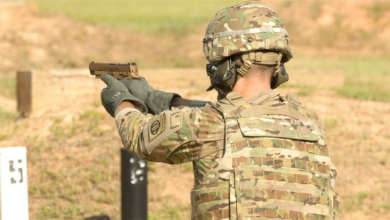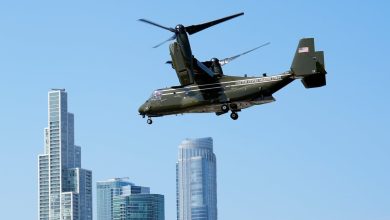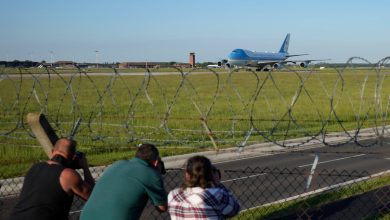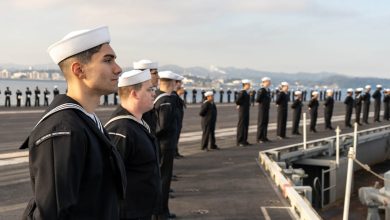This Army division just ran cybersecurity for a far-away brigade
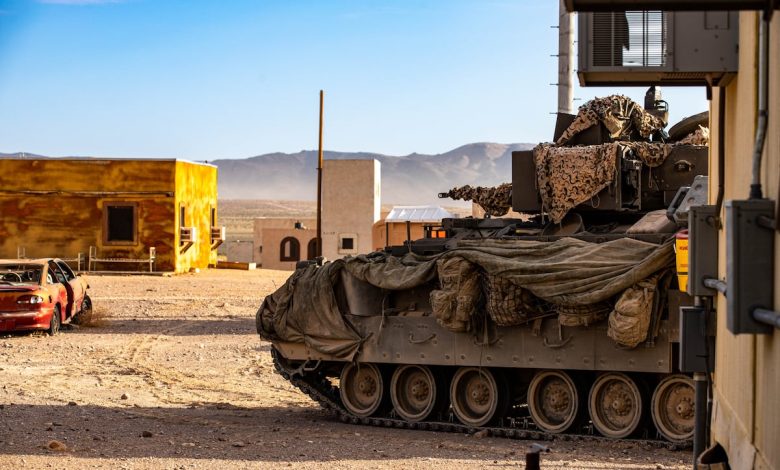
One of the Army’s most modernized armored brigades and its parent division recently conducted the service’s first long-range, fully remote cybersecurity operation at the division level.
The 3rd Infantry Division’s network operations and security cell remained at Fort Stewart, Georgia, in July, covering the first 1st Armored Brigade Combat Team’s cyber 6 as the Raider Brigade conducted a two-week rotation at the National Training Center, Fort Irwin, California.
Army officials believe that such remote cyber protection will be critical to units using cloud-dependent systems on missions, systems increasingly being fielded to the force.
The division cell’s oversight of Internet firewalls, sensors and scanners for a unit more than 2,300 miles away occurred during one of the brigade’s most demanding rotations to date.
RELATED
Brigade soldiers fought across 120 miles during their time at the center, Maj. Gen. Chris Norrie, 3rd ID commander, said Wednesday at the Maneuver Warfighter Conference at Fort Moore, Georgia.
The brigade conducted five force-on-force operations, a full live-fire attack into a hasty defense and seized 20 objectives, Norrie said.
“That’s a really demanding pace and scale for an armor brigade, but it is consistent with what we might expect if we had to go fight large-scale ground formations,” Norrie said.
The cyber soldiers back in Georgia detected 17 million digital threats and manually investigated more than 3,000 alerts as they supported the brigade, according to a division statement.
“We took a capability that was being underutilized at the brigade level and brought up the ability to provide a cyber defense to any of our units,” said Chief Warrant Officer 2 Gregory Hazard, who heads the unit’s Cybersecurity Operations Center.
Hazard stressed that the remote cell was still in the “proof of concept stage” but the division has already heard from other divisions interested in how they can replicate the concept.
Brigade commander Col. Jim Armstrong spoke Thursday at the conference, noting how current adversary threats in cyber and other areas are forcing units to adapt.
“We must not cede this freedom of maneuver,” Armstrong said in a statement to Army Times. “We must re-create maneuver space in multiple domains to maintain our capacity to kill the enemy.”
The division was the first in the Army to receive a slew of upgrades in 2022, including new Joint Light Tactical Vehicles, new maintenance and diagnostic tools, the M109A7 Paladin howitzer, the M2A4 Bradley Fighting Vehicles and the M1A2 Sepv3 Abrams tank.
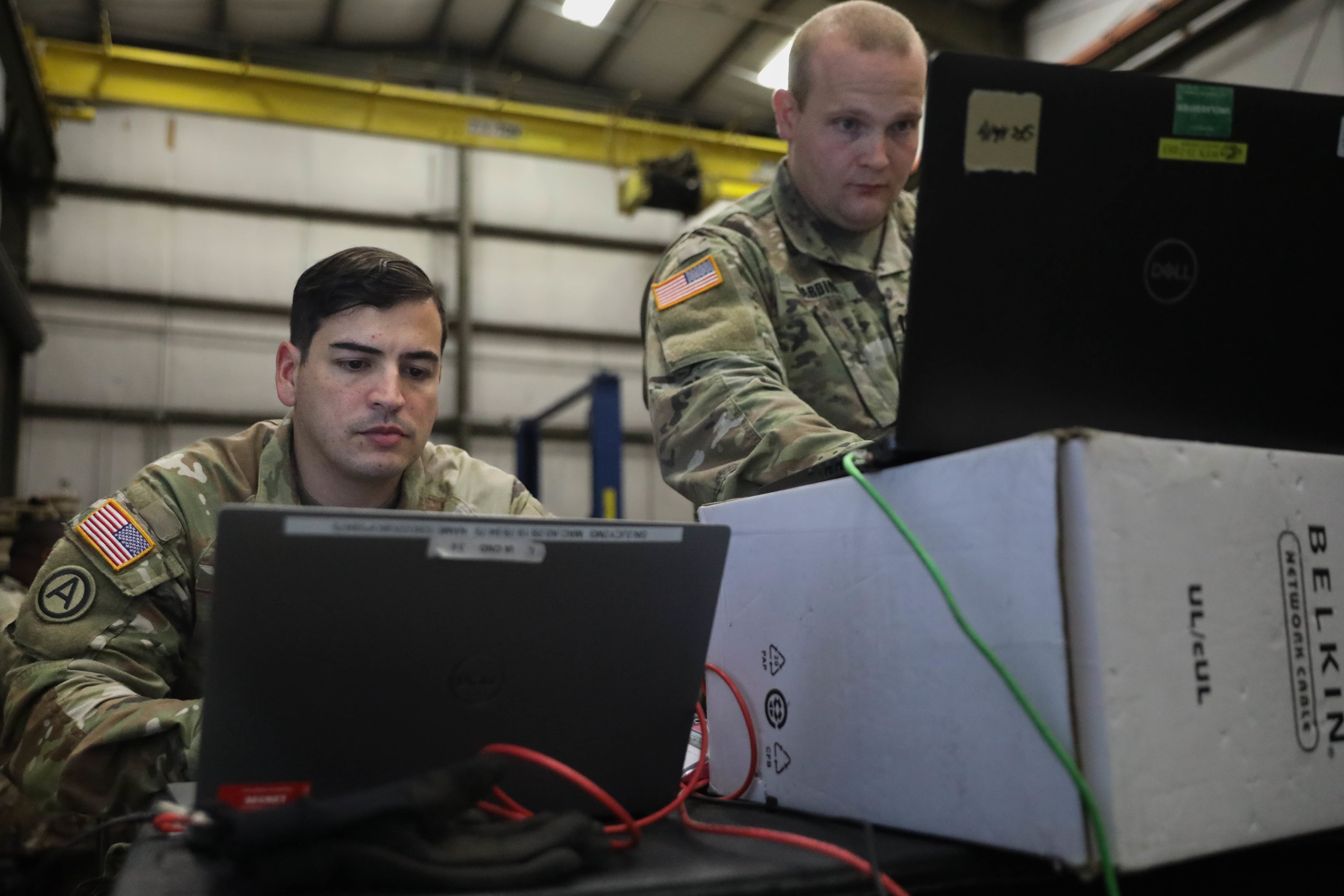
At the time, the division also tested the new Armored Multi-Purpose Vehicle, which it has since fielded and it was the first brigade to deploy a full complement to the training center, Armstrong said.
Armstrong shared other highlights from the rotation.
The division conducted the first heavy Immediate Response Package since 2003, a scalable, combat-ready force ready for short or no-notice deployment, Armstrong said.
That package includes a company’s worth of Bradleys, JLTVs, tracked maintenance vehicles, fuelers, cargo trucks and about 60 soldiers.
Deploying the response package required C-17 Globemaster plane transports that landed at airstrips meant to replicate real-world remote locations rather than a standard airport.
The combination of new equipment and cyber protection helped the brigade conduct the first successful armored brigade combined arms breach of an urban site at nighttime in more than 20 years, Armstrong said.
Todd South has written about crime, courts, government and the military for multiple publications since 2004 and was named a 2014 Pulitzer finalist for a co-written project on witness intimidation. Todd is a Marine veteran of the Iraq War.
Read the full article here


